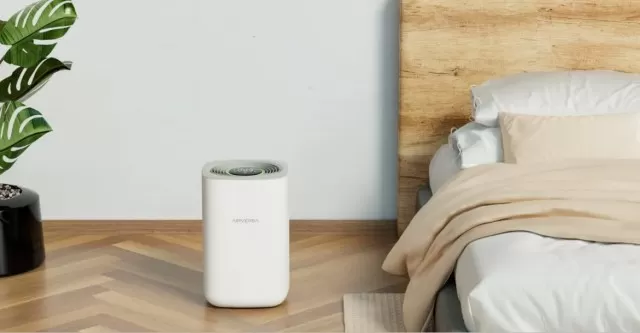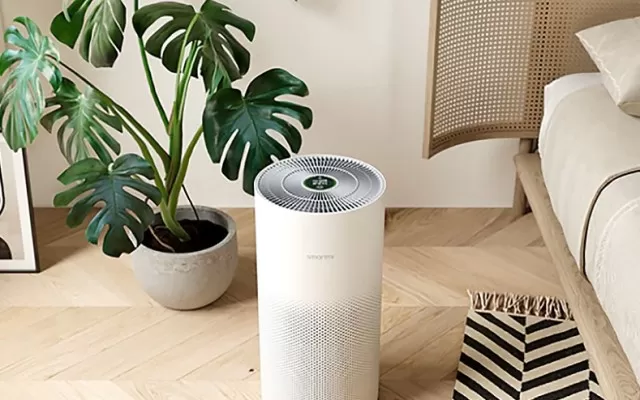Air purifiers are ingenious devices engineered to enhance the quality of the air within your home.
How Air Purifiers Operate: A Closer Look

The mechanism by which air purifiers function is relatively straightforward yet highly effective.
The majority of air purifiers employ a process that involves drawing indoor air through a filtration system. Within this system, a filter is a key component responsible for capturing and entrapping dust and other microscopic airborne particles.
It is worth noting that filters come in diverse materials, including fiberglass, paper, mesh, carbon, foam, and aluminum.
According to insights from the Environmental Protection Agency (EPA), air purifiers equipped with high-efficiency particulate air (HEPA) filters boast an impressive capability: they can remove a staggering 99.
9% of airborne particles, including those as diminutive as 0. 3 microns.
As Mendez points out, these tiny particles have the potential to irritate the respiratory system or act as triggers for asthma and allergies when inhaled.
However, it’s essential to exercise caution with certain air purifiers, as some of them emit ozone, a potentially harmful gas.
Dr. John McKeon, CEO and founder of Allergy Standards Limited (ASL) and the Asthma & Allergy Friendly® Certification Program, underscores the risks associated with ozone.
Not only can it cause irritation and inflammation of the airways in individuals without pre-existing conditions, but it can also have more severe effects on people with asthma. Moreover, ozone is classified as an air pollutant with the potential to harm individuals with asthma.
Do Air Purifiers Tackle Dust?

Yes, air purifiers are indeed effective in combating dust by efficiently filtering out particles, allergens, and other contaminants from the air.
However, their efficacy in dust removal may vary based on the specific features and capabilities of the device. For individuals dealing with asthma and other respiratory issues, it is advisable to seek air purifiers bearing certifications from ASL and the Asthma & Allergy Foundation of America (AAFA) for superior results.
Dr.McKeon suggests strategically placing an Air purifier in the room where you spend the majority of your time. For instance, bedrooms, where dust and common allergy triggers often accumulate, are excellent choices.
Equally suitable are areas where outdoor pollutants or allergens find their way indoors, further emphasizing the importance of targeted air purification.
The Benefits of Air Purifiers: A Recap

In summary, air purifiers offer a host of advantages for your indoor environment, including:.
Enhanced Air Quality: By eliminating airborne impurities, air purifiers contribute to a cleaner and healthier living space.
Respiratory Relief: Individuals with conditions like asthma can experience symptom relief as air purifiers effectively remove potential triggers from the air.
Reduced Health Risks: Air purifiers can help reduce the risk of exposure to harmful pollutants, which can be particularly beneficial for cardiovascular health.
Improved Sleep: Cleaner air fosters an environment conducive to better sleep quality and overall well-being.
Incorporating an air purifier into your home can lead to tangible improvements in both your physical health and overall comfort, making it a valuable addition to your indoor living space.
*The information is for reference only.